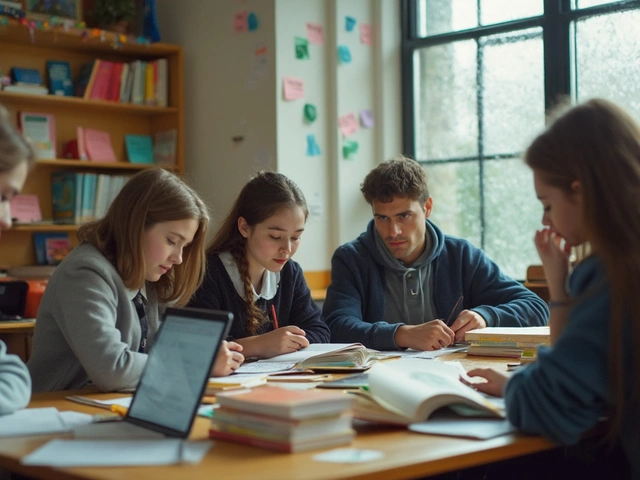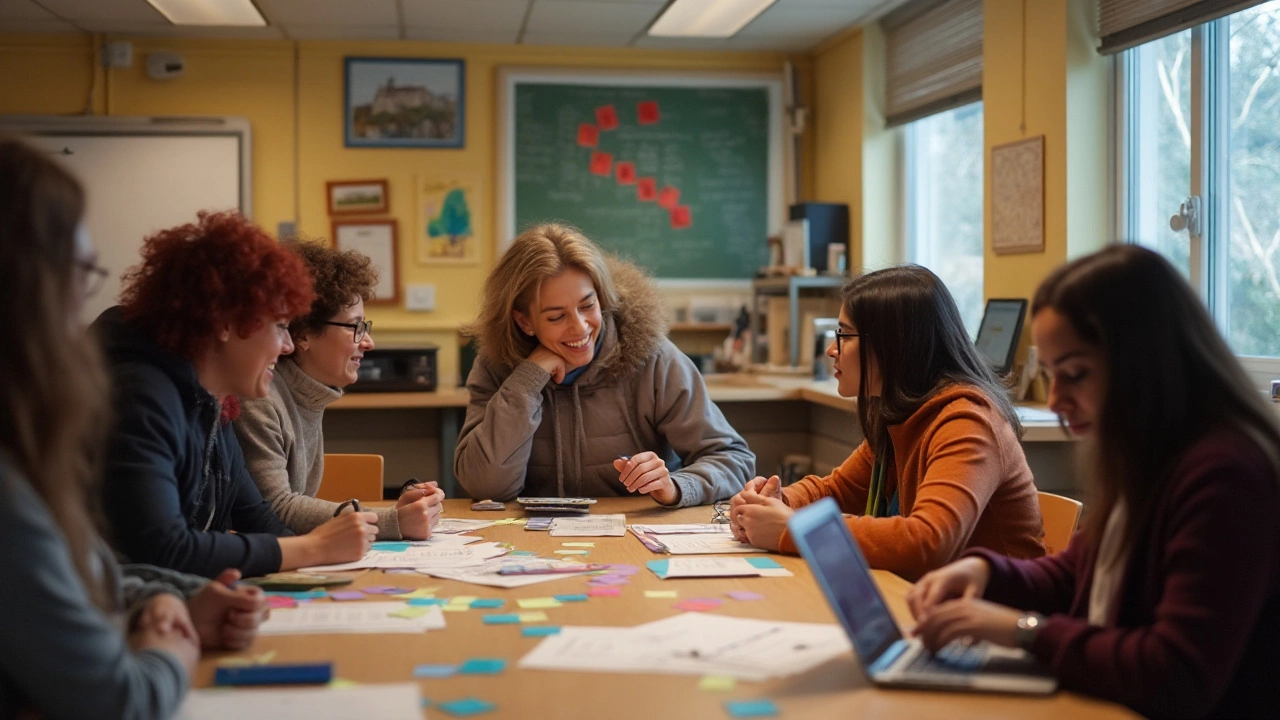Teaching Styles: Find What Works for You and Your Students
Trying to pick a teaching style can feel like choosing a paint color in a dark room. Do you go for a fast‑track training program, a hands‑on approach for special needs, or a theory‑driven adult learning plan? The good news is you don’t need to stick to one. Below are real‑world tips that let you mix and match methods so every learner gets a chance to succeed.
Quick Wins for New Teachers
If you’re looking to jump into teaching fast, the "Fastest Teacher Training Program" article gives a clear roadmap. Start with an accelerated certificate that can be finished in less than a year, focus on classroom management basics, and practice lesson planning on real‑world scenarios. Pair this with the "First‑Time Tutor Guide" – it breaks down a single tutoring session into three steps: set a goal, show a simple example, and check understanding. Doing this for a few students builds confidence before you tackle a full class.
Another shortcut is using adult learning theory when you teach older students or peers. The "Best Adult Learning Theory" post highlights three ideas that work every time: let learners decide what they need, tie new info to real life, and give immediate feedback. Apply those in a workshop setting and you’ll see engagement rise fast.
Supporting Diverse Learners
Special needs classrooms need extra care, but the principles are simple. The "Practical Strategies for Supporting Children with Special Needs" article suggests three habits: keep instructions short, use visual cues, and offer a quiet space for stimming or calming. When you combine those habits with the "Special Needs Behavior Example" guide, you can spot early signs of frustration and switch tactics before a crisis.
For teachers handling both neurotypical and neurodiverse students, blending methods works best. Try a mix of whole‑class instruction (great for speed) and small‑group stations (perfect for hands‑on practice). Rotate groups so every child gets a turn at each style. This keeps the pace lively and gives you data on what works for each learner.
Finally, remember that learning doesn’t stop at the classroom door. The "How Adults Learn" post reminds us that adults bring life experience to the table, so link new concepts to what they already know. Use real‑world problems, let them discuss solutions, and watch retention improve instantly.
Whether you’re a brand‑new teacher, a seasoned tutor, or someone supporting a child with special needs, there’s a teaching style that fits. Start with one of the quick win ideas, test it in a small setting, and tweak based on feedback. The more you experiment, the clearer it becomes which approach lights up each learner’s mind.






